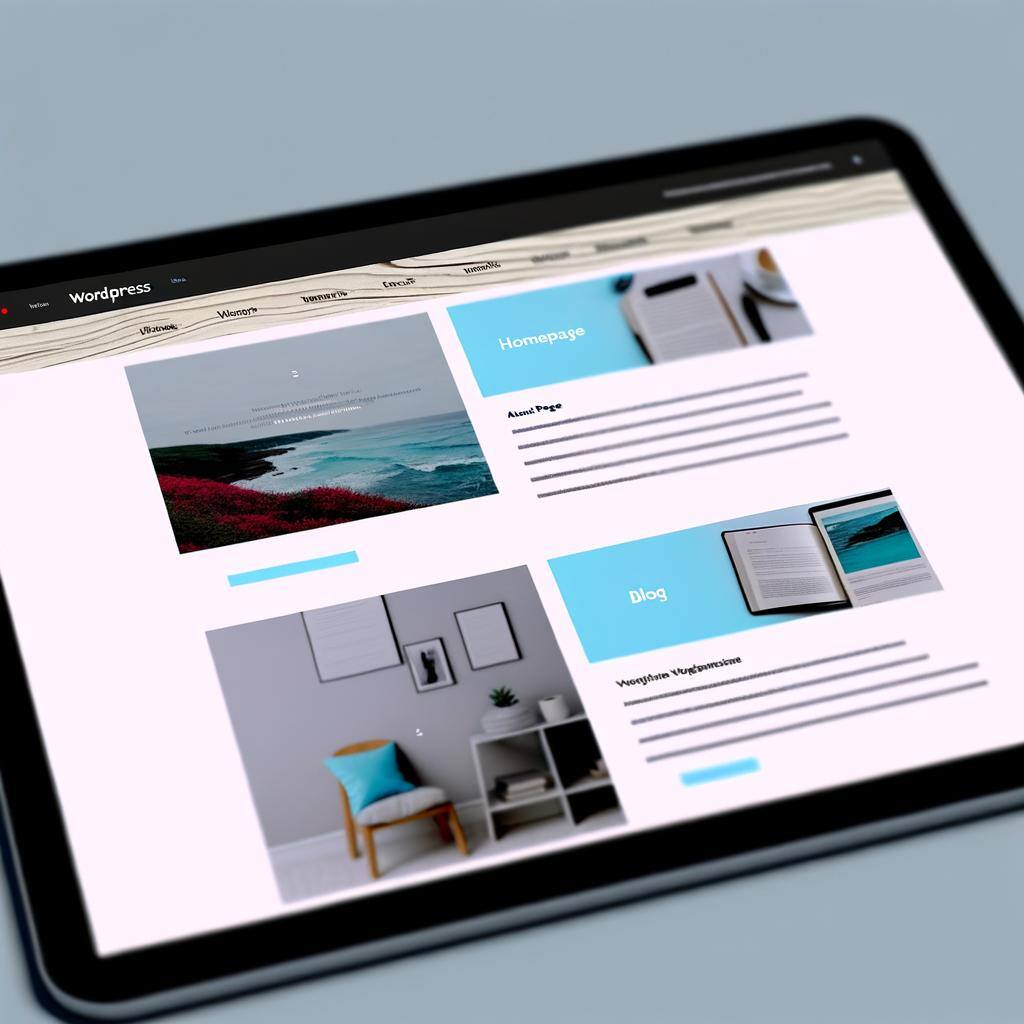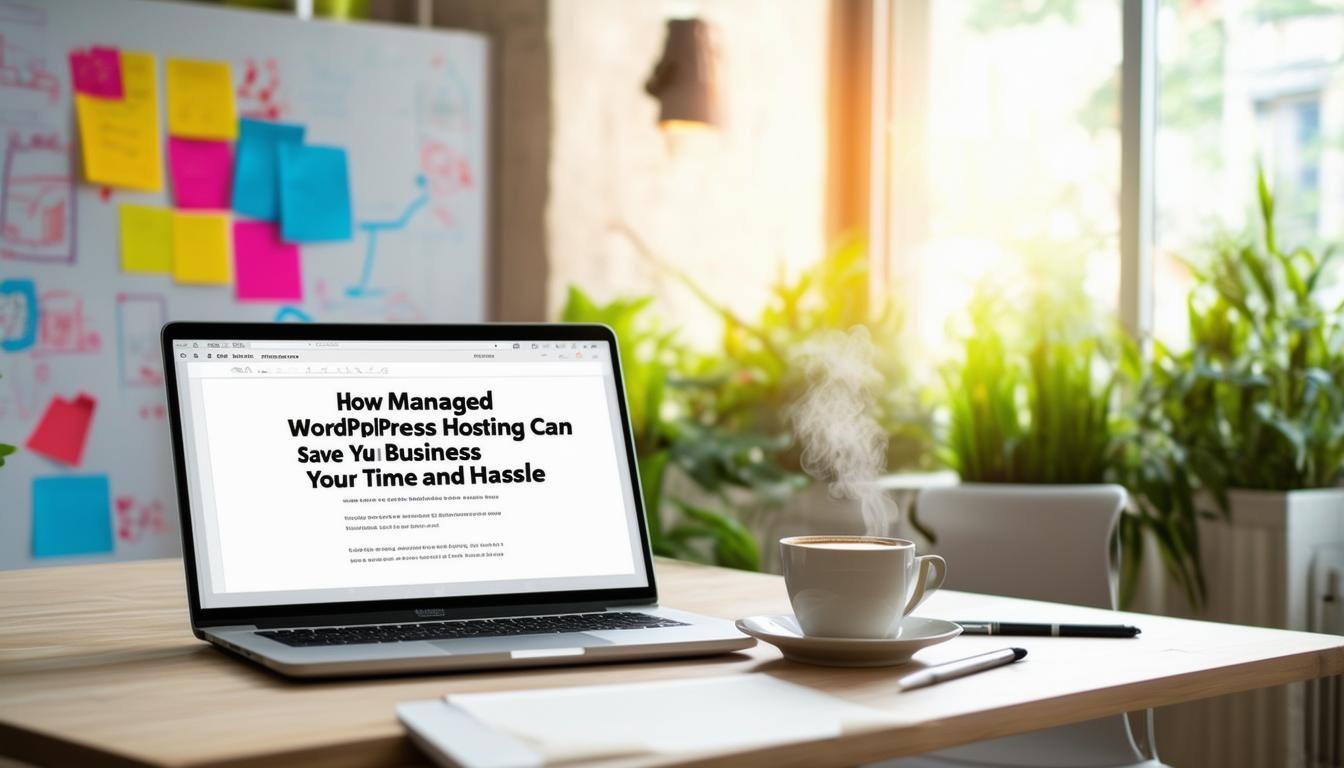Should You Switch to WordPress for Your Business Websiteand How to Plan a Seamless Transition

Table of contents
- Why should you switch to WordPress?
- You will own your website
- Permissions and access are easy to manage
- WordPress is cost-effective for businesses
- An edge when it comes to security
- Lots of themes for business websites
- Planning a seamless transition to WordPress
- Making WordPress work for you
Why should you switch to WordPress?
As of May 2024, 43.4% of all websites are powered by WordPress. The platform dominates the content management system market with a share of 62.8% and approx. 474 million websites are built on it.
There are many compelling reasons for a business website to switch to WordPress, and the transition is not as complex as you might think.
You will own your website
Running an online business is challenging if you don’t have full ownership of a website. WordPress lets you own and control your site, unlike other website builders, which limit access to the source code and can take control of your site’s content.
Users are free to choose the best WordPress hosting provider for their needs and scale their WordPress site. This makes the platform suitable for businesses of all sizes that can’t afford to spend a lot of money.
You can manage, post, and moderate any content on your WordPress website without any limitations in terms of algorithms or services.
If you decide to switch hosting providers, every product listing, blog post, or video on the site will remain yours.
You can scale your website as needed because you have access to its source codes. You can tweak and personalize it any way you see fit.
Permissions and access are easy to manage
Let’s say you expect your business to grow and the website to get more users. It will be necessary to manage permission and access for different user types. WordPress has a user roles feature, which makes this easy. It lets the website manager or owner decide what users can and cannot do on the site.
The default roles for WordPress websites are Super Admin, Administrator, Author, Editor, Subscriber, and Contributor. Subscribers can only modify their user details and read content, while Super Admins have access to everything within the site.
WordPress is cost-effective for businesses
You can download and install the system for free. You pay for hosting and a domain name only. The code can be edited for free, which makes WordPress one of the most affordable solutions for small businesses in particular.
WordPress has an edge when it comes to security
The main concern for business website owners everywhere is website security. WordPress comes with integrated security features that protect your website, and you can minimize the risk of online and malware attacks by following basic security practices.
Some ways to make your website more secure include installing a firewall, secure login procedures, using trusted themes and plugins, and limiting the number of logins. You should install security plugins, use two-factor authentication, and enable SSL/HTTPS. Finally, regularly updating your WordPress version is recommended.
Lots of themes for business websites
With more than 30,000 WordPress themes available, you have your pick for your business website. You can use WordPress plugins to create an eCommerce platform, add payment methods, etc. A wide range of themes and plugins were created for various purposes, including for business websites. There are free and basic solutions, as well as premium plugins and themes with more advanced features. All in all, WordPress makes over 70,000 plugins available.
Planning a seamless transition
The final section contains the steps to take when planning your transition. Conducting a content inventory is the first step. You must identify and list all your content, including posts, pages, media files, and images. Then, categorize the content based on relevance and importance.
Find a hosting provider and move your content to WordPress using migration tools or plugins. The host might be able to do this for you.
After verifying everything has been moved and works properly, you can proceed to customize your design and layout. Choose a theme for your business website and adjust colors, fonts, and layouts. Install plugins for security, SEO, and performance optimization, but don’t go overboard with them.
Strengthen security with login protection and firewalls, and update your themes and plugins regularly.
Your SEO involves updating meta titles, tags, and descriptions. Your old links need to be redirected to maintain search engine rankings.
Your whole website must be tested thoroughly before and after the migration. This will involve checking for broken links and functionality or formatting problems.
Making WordPress work for you
By following the above steps, you will enjoy a seamless process of switching to WordPress while ensuring optimal performance. Then, you can sit back and watch your website start working for you.
Related Posts
Join the movement.
Your Entourage journey starts here. Join Australia's largest community of over 500,000 business owners and entrepreneurs, and receive instant access to exclusive content and updates delivered straight to your inbox.




